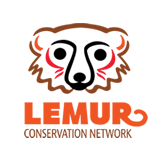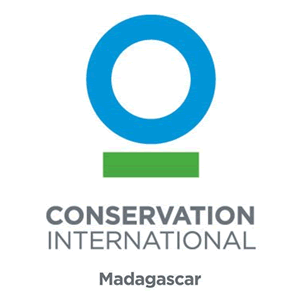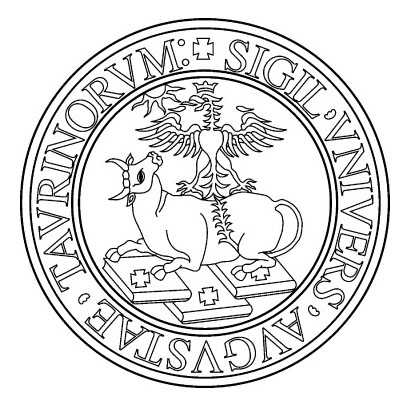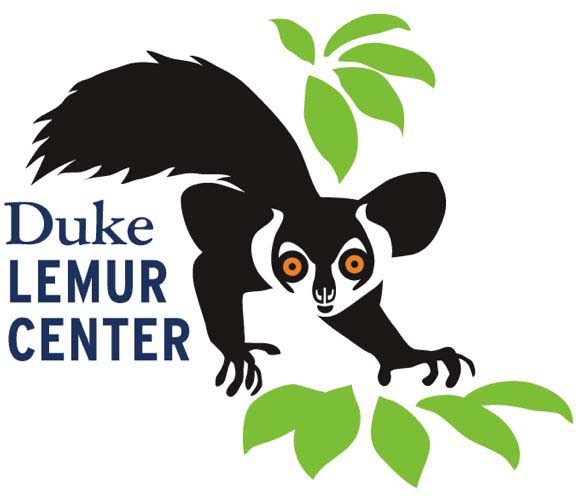All Brown lemurs, All Dwarf lemurs, All Mouse lemurs, All Sifakas, All Sportive lemurs, All Woolly lemurs, Ankarafantsika, Area of Madagascar, Capacity Building, Common brown lemur, Community Support, Conservation Work, Coquerel's sifaka, Education, Employment, Fat-tailed dwarf lemur, Fire Prevention, Golden-brown mouse lemur, Gray mouse lemur, Lemur Species, Milne-Edwards sportive lemur, Mongoose lemur, NGO registered in Madagascar, Northwest Madagascar, Online donation, Organization, Parks and Reserves, Protected Area Management, Reforestation, Scientific Research, Type of donations accepted, Type of Organization, Western woolly lemur
Capacity Building
All Aye-ayes, All Bamboo lemurs, All Brown lemurs, All Indri, All Mouse lemurs, All Ring-tailed lemurs, All Ruffed lemurs, All Sifakas, Anjanaharibe-Sud Special Reserve, Area of Madagascar, Berenty, Capacity Building, Captive Care and Breeding, Collared brown lemur, Common brown lemur, Community Support, Conservation Work, Ecotourism, Education, Employment, Lemur Species, Marojejy, Mongoose lemur, NGO/Nonprofit Status Verified, Nonprofit registered in the USA, Northeast Madagascar, Northern bamboo lemur, Online donation, Organization, Parks and Reserves, Protected Area Management, Red ruffed lemur, Reforestation, Sanford's brown lemur, Scientific Research, Silky sifaka, Supporting Member, Type of donations accepted, Type of Organization
Lemur Conservation Foundation
Lemur Conservation Foundation Read Post »
All Brown lemurs, All Dwarf lemurs, All Fork-marked lemurs, All Sportive lemurs, Alternative Livelihoods, Area of Madagascar, Capacity Building, Conservation Work, Crowned lemur, Lemur Species, NGO registered in France, NGO/Nonprofit Status Verified, Northeast Madagascar, Northwest Madagascar, Online donation, Organization, Protected Area Management, Reforestation, Sanford's brown lemur, Scientific Research, Type of donations accepted, Type of Organization
Hazo Tokana Tsy Mba Ala
Hazo Tokana Tsy Mba Ala Read Post »
Area of Madagascar, Capacity Building, Central Madagascar, Community Support, Conservation Work, East Madagascar, Ecotourism, Financial Support, Government Policy, Monitoring and Patrol, Nonprofit registered in the USA, Northeast Madagascar, Northwest Madagascar, Online donation, Organization, Protected Area Management, Reforestation, Scientific Research, Southeast Madagascar, Southwest Madagascar, Type of donations accepted, Type of Organization, West Madagascar
Conservation International
Conservation International Read Post »
All Aye-ayes, All Sifakas, Area of Madagascar, Capacity Building, Central Madagascar, Community Support, Conservation Work, East Madagascar, Ecotourism, Government Policy, Healthcare, Kirindy, Lemur Species, Marojejy, Monitoring and Patrol, NGO registered in Madagascar, Nonprofit registered in the USA, Northeast Madagascar, Northwest Madagascar, Online donation, Organization, Parks and Reserves, Protected Area Management, Scientific Research, Silky sifaka, Southeast Madagascar, Southwest Madagascar, Type of donations accepted, Type of Organization, West Madagascar
WWF Madagascar
All Bamboo lemurs, All Ruffed lemurs, Area of Madagascar, Black-and-white ruffed lemur, Capacity Building, Captive Care and Breeding, Conservation Work, Eastern lesser bamboo lemur, Education, Employment, Government Policy, Kirindy, Lac Alaotra New Protected Area, Lake Alaotra Gentle (Bamboo) Lemur, Lemur Species, NGO/Nonprofit Status Verified, Nonprofit registered in the USA, Northeast Madagascar, Northwest Madagascar, Online donation, Organization, Parks and Reserves, Protected Area Management, Southeast Madagascar, Type of donations accepted, Type of Organization, West Madagascar
Durrell Wildlife Conservation Trust (American Friends of Durrell)
Durrell Wildlife Conservation Trust (American Friends of Durrell) Read Post »
All Bamboo lemurs, All Mouse lemurs, All Ruffed lemurs, All Sifakas, Area of Madagascar, Black-and-white ruffed lemur, Brown mouse lemur, Capacity Building, Community Support, Conservation Work, East Madagascar, Ecotourism, Education, Employment, Government Policy, Greater bamboo lemur, Healthcare, Lemur Species, Milne-Edwards' sifaka, NGO registered in Madagascar, NGO/Nonprofit Status Verified, Nonprofit registered in the USA, Online donation, Organization, Parks and Reserves, Protected Area Management, Ranomafana, Reforestation, Scientific Research, Southeast Madagascar, Sustainable Agriculture, Type of donations accepted, Type of Organization
Centre ValBio & the Institute for the Conservation of Tropical Environments
Centre ValBio & the Institute for the Conservation of Tropical Environments Read Post »
All Aye-ayes, All Bamboo lemurs, All Ring-tailed lemurs, All Sifakas, Alternative Food Sources, Area of Madagascar, Betampona, Capacity Building, Captive Care and Breeding, Community Support, Conservation Work, East Madagascar, Ecological Stoves, Ecotourism, Education, Employment, Healthcare, Lemur Species, Marojejy, Nonprofit registered in the USA, Northeast Madagascar, Northern bamboo lemur, Online donation, Organization, Parc Ivoloina, Parks and Reserves, Protected Area Management, Red-bellied lemur, Reforestation, Scientific Research, Silky sifaka, Sustainable Agriculture, Type of donations accepted, Type of Organization, Water Supply










